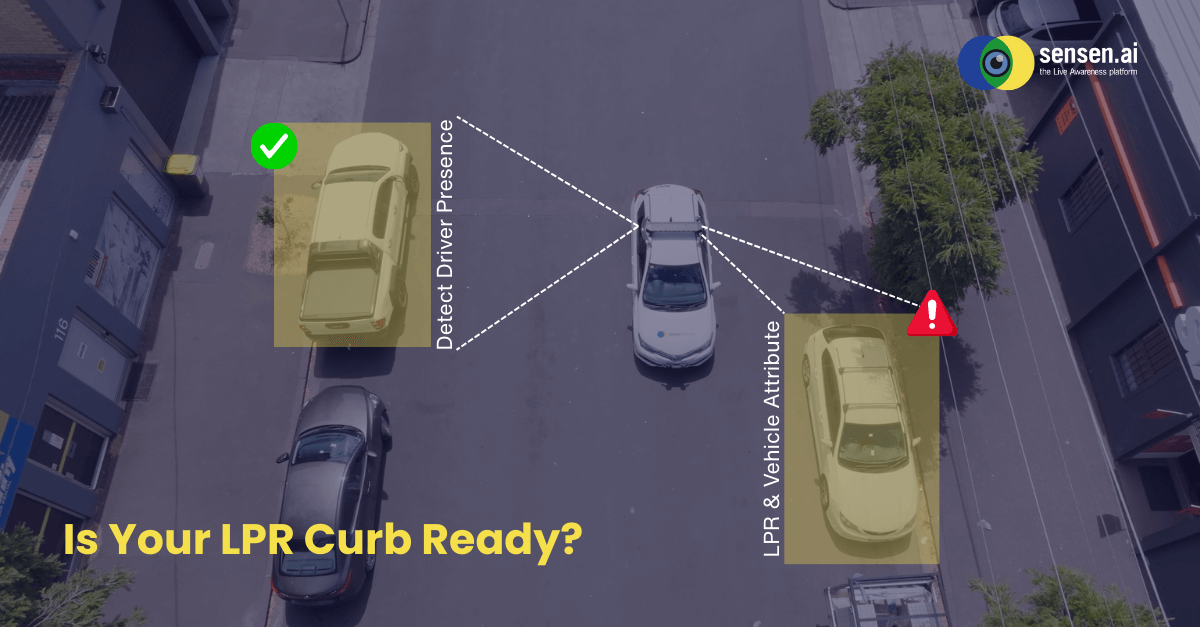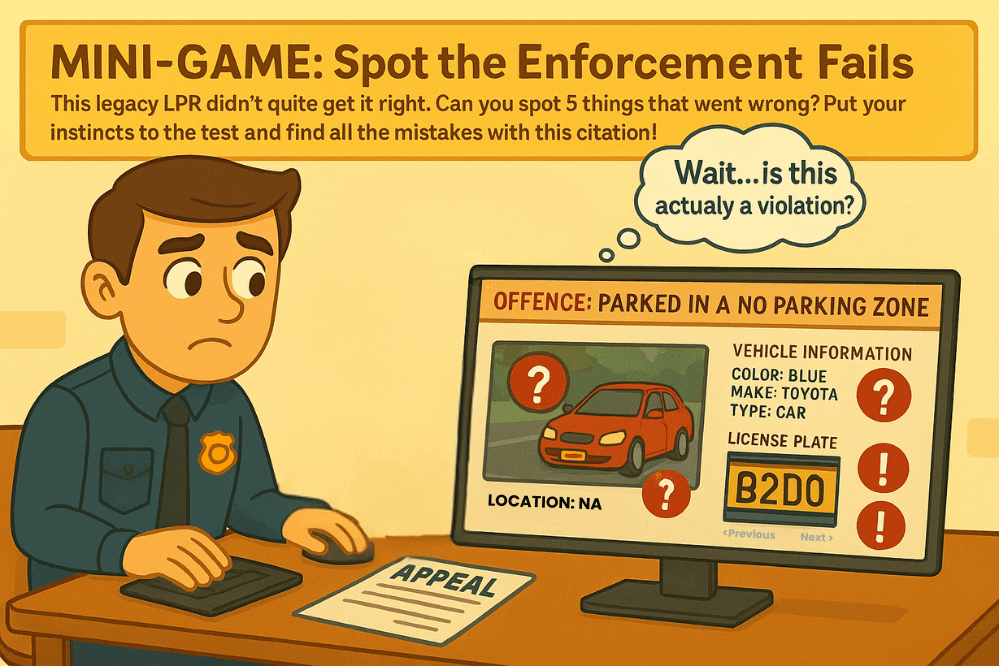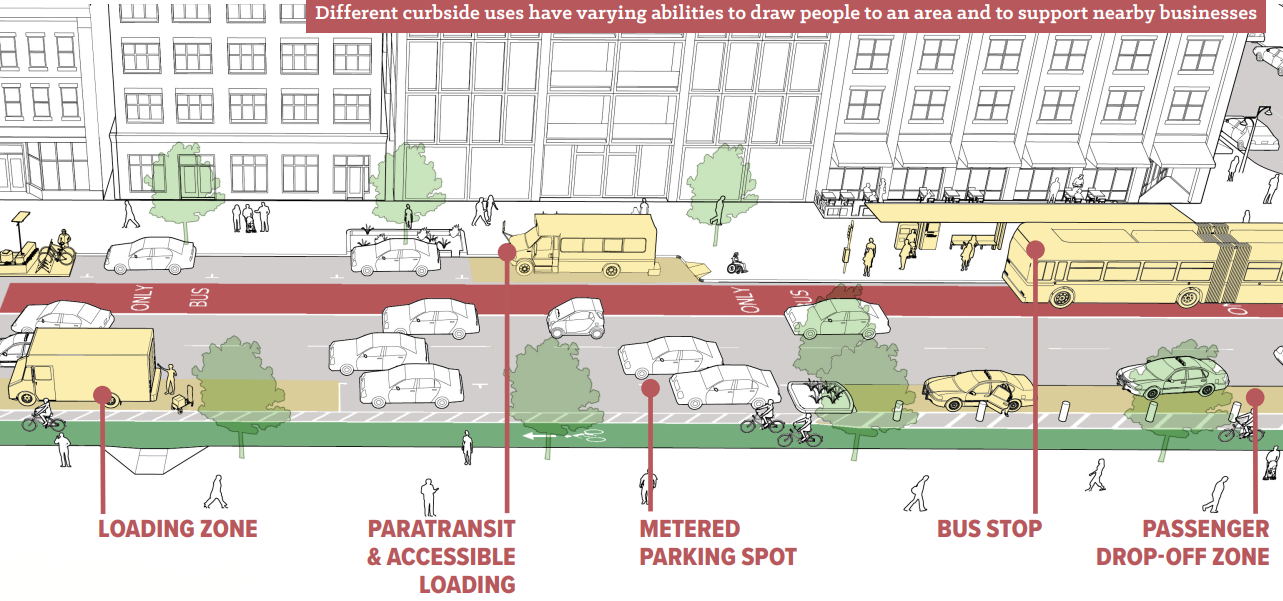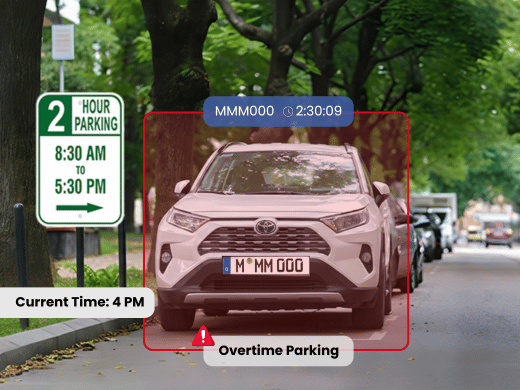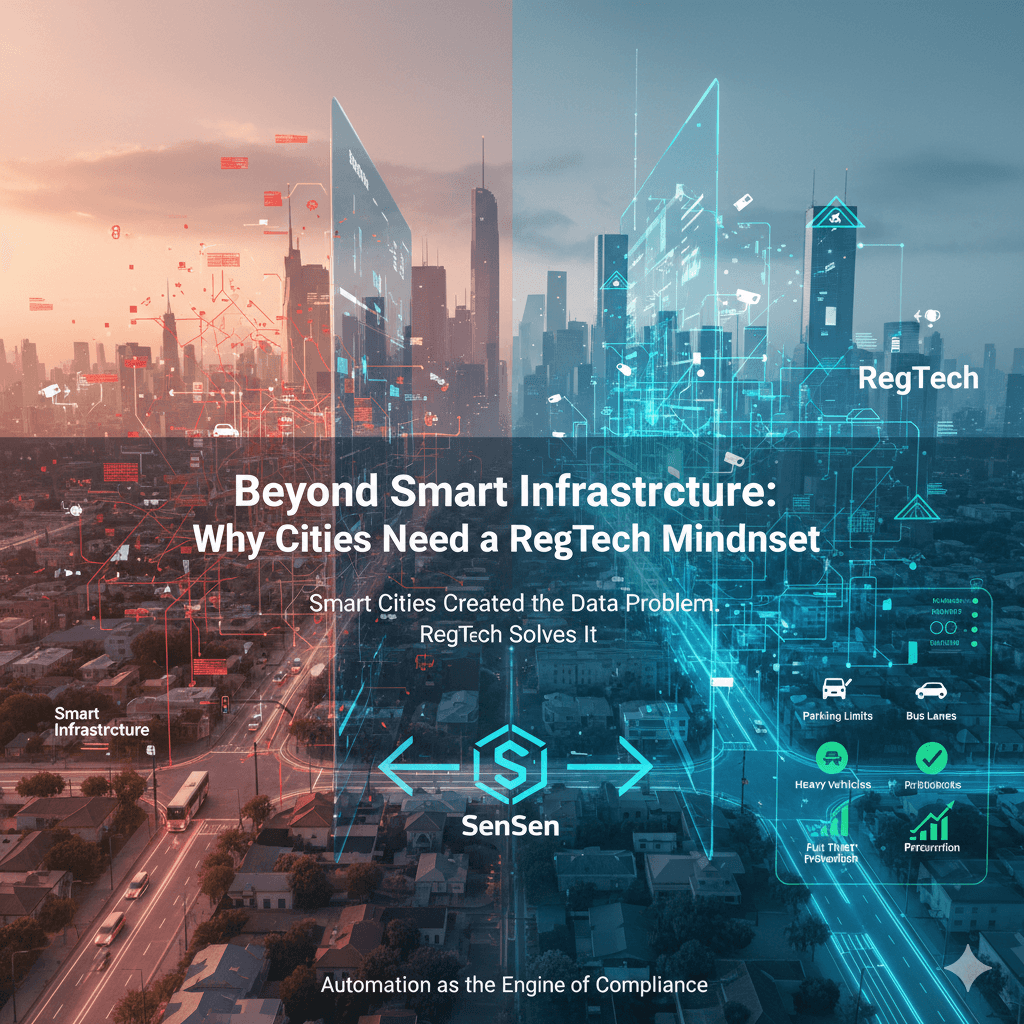City streets are more complex than ever. From loading zones and residential streets to disability bays and commercial districts, the rules around parking and curb use are layered, time-based, and constantly shifting. Yet, many councils still rely on legacy License Plate Recognition (LPR) systems that can’t keep up.
These outdated tools don’t just miss violations — they leave cities unable to enforce citations, generate actionable data, or maintain public trust. When enforcement systems can’t deliver complete, defensible evidence or understand the full context around a vehicle, everything slows down: citations are harder to process, operational costs rise, and compliance suffers.
Most of the “AI-powered” marketed enforcement solutions are just repackaged OCR. They scan a plate and trigger a fine, without understanding the circumstances. This leads to unnecessary false positives, officer intervention, and legal vulnerabilities — and it prevents cities from running efficient, transparent programs.
Why Legacy LPR is No Longer Enough
Cities using LPR systems that captures only licence plates face several recurring problems:
- Incomplete evidence capture – Rear-only imagery misses permits on windscreens, nearby signage, or passengers
- No situational awareness – Systems can’t tell if a vehicle is idling, unloading, or broken down
- Limited rule logic – Inability to handle time-based exemptions, grace periods, or special permits
- Excessive false positives – Automated flags often fails to pass during manual review, slowing enforcement
- Weak legal standing – Evidence often fails to hold up in review processes or court.
While disputes occur, the larger challenge is that many violations can’t even be enforced because evidence isn’t complete or clear enough. This means everything from a loss of revenue, inefficiencies and time waste, and a citizenry that becomes increasingly hostile and even confrontational towards compliance officers.
Context-Aware, Multi-Modal Enforcement: A Smarter Approach
SenSen’s SenFORCE platform solves these issues by adding true intelligence to curbside monitoring. Rather than relying on a single plate scan, SenFORCE captures the full story around every vehicle, reducing false positives and ensuring every citation is supported by robust evidence.
Key capabilities include:
- 360° Evidence Capture – Six-camera arrays show plates, windscreens, signage, and surrounding context
- Behavioural Analytics – Detects whether a vehicle is parked, idling, occupied, or abandoned<
- Time and Rule Logic – Accurately handles grace periods, exemptions, and time-restricted zones
- Overstay Alerts – Timestamped evidence that’s accurate and defensible
- GPS-Corrected Mapping – Reliable, legally sound location data, even in urban canyons
This isn’t just “AI-powered” enforcement — it’s operationally intelligent enforcement, built to eliminate errors, streamline processes, and create safer, fairer streets.
What This Looks Like on the Ground
Situation 1: A car is stopped near yellow line, hazards flashing. A family waits beside it for roadside assistance.
- Legacy LPR: The system scans the plate, registers the yellow line as a violation, and automatically flags the car. An officer later need to verify the situation manually without context, wasting time, and risking a citation being issued despite obvious mitigating circumstances
- SenFORCE: The system’s multi-camera array captures the entire scene — the hazard lights, the occupants, and the stopped posture of the vehicle – giving officers the context to make the right call instantly
Situation 2: In a busy commercial district, a vehicle is parked in a disability bay with driver inside the car.
- Legacy LPR: Rear-only capture misses the displayed disability permit on the windscreen. The flagged violation triggers an unnecessary enforcement action, tying up officer resources and frustrating the driver
- SenFORCE: Cameras capture every angle — including a crystal-clear image of the permit on the windscreen, driver and surrounding signage. The officer can make informed call ensuring no citation is issued, no dispute occurs
By capturing context, not just plates, cities avoid unfair penalties and reduce reliance on AI-only judgement. The result: a fair, efficient process that protects vulnerable drivers, cuts false positives, and improves operational efficiency.
Why Cities Need to Act Now
Switching to context-aware enforcement delivers immediate benefits:
- Fairer outcomes – Accurate evidence prevents wrongful citations
- Operational efficiency – Fewer false positives mean less manual review and faster resolution
- Safer operations – Officers can stay in vehicles instead of engaging in confrontations
- Legally defensible enforcement – Evidence stands up in reviews and court
Cities don’t need more “AI-powered” hype — they need enforcement tools that truly understand what’s happening at the curb.
Ready to see how context-aware enforcement can transform your city?
Learn More or Join our Upcoming Webinar to see SenFORCE in action.
